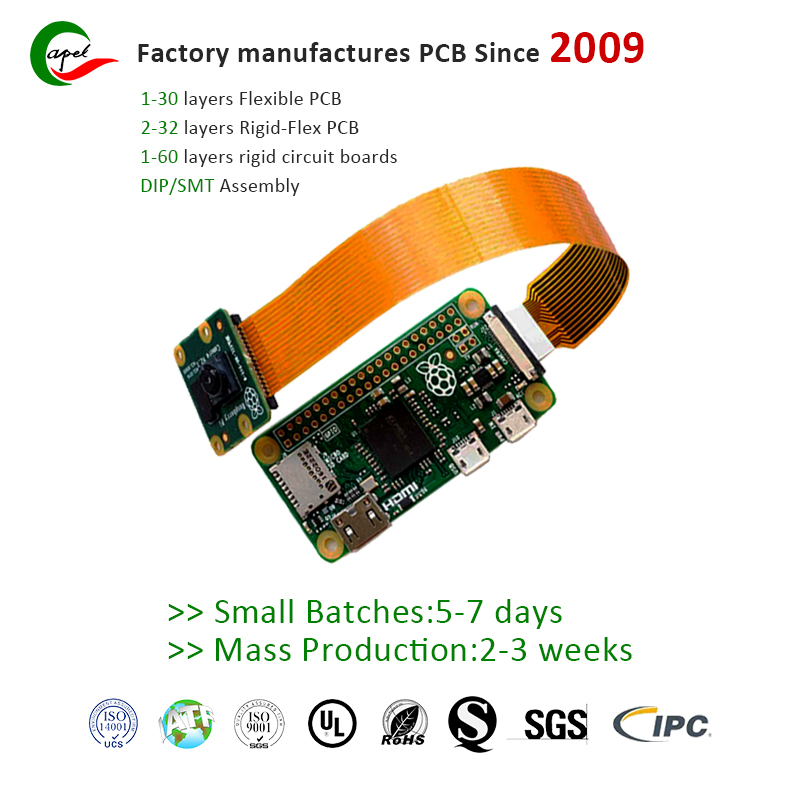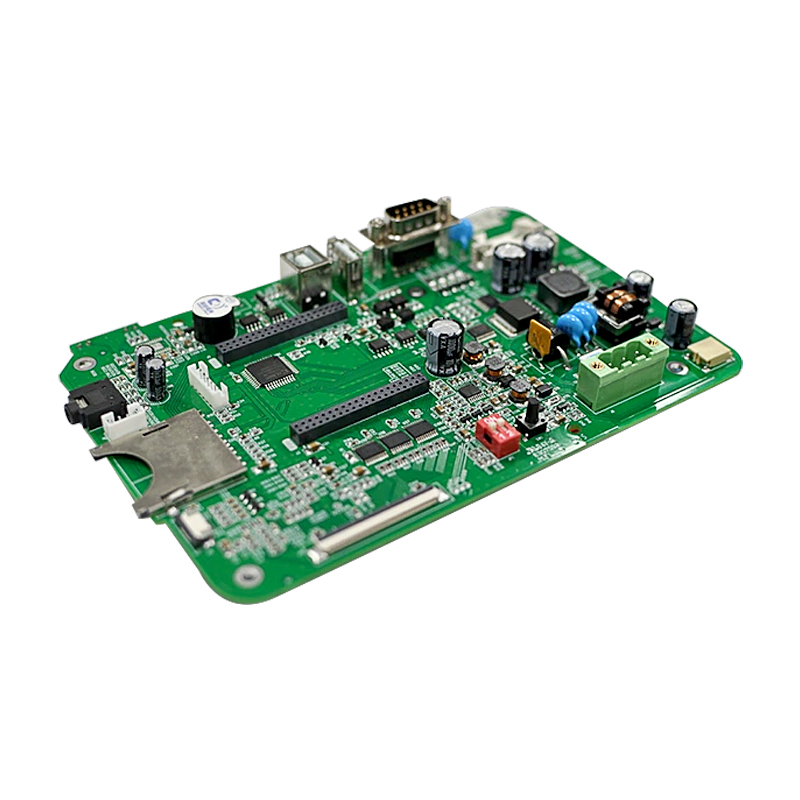PCB (Printed Circuit Board) assembly is an essential part of electronics manufacturing. It involves the process of mounting and soldering electronic components onto a PCB. There are two main types of PCB assemblies, flexible PCB assemblies and rigid PCB assemblies. While both serve the same purpose of connecting electronic components, they are manufactured differently. In this blog, we will discuss how flex PCB assembly differs from rigid PCB assembly in the manufacturing process.
1. FPC assembly:
A Flex PCB, also known as a flexible PCB, is a circuit board that can be bent, folded or twisted to fit various shapes and configurations. It offers several advantages over rigid PCBs, such as reduced space consumption and enhanced durability. The manufacturing process of flex PCB assembly includes the following steps:
a. Flexible PCB Design: The first step in flexible PCB assembly is to design the flexible circuit layout. This involves determining the size, shape and configuration of the flex PCB. Special consideration has been given to the arrangement of copper traces, vias and pads to ensure flexibility and reliability.
b. Material selection: Flexible PCBs are made of flexible materials such as polyimide (PI) or polyester (PET). Material selection depends on the requirements of the application, including temperature resistance, flexibility, and mechanical properties.
c. Circuit manufacturing: Flexible PCB manufacturing includes processes such as photolithography, etching, and electroplating. Photolithography is used to transfer circuit patterns onto flexible substrates. Etching removes unnecessary copper, leaving the desired circuitry. Plating is done to enhance conductivity and protect circuits.
d. Component placement: In flex PCB assembly, components are placed on a flexible substrate using surface mount technology (SMT) or through-hole technology. SMT involves mounting electronic components directly onto the surface of a flexible PCB, while through-hole technology involves inserting leads into pre-drilled holes.
e. Soldering: Soldering is the process of bonding electronic components to a flexible PCB. It is usually performed using reflow soldering or wave soldering techniques, depending on the type of component and assembly requirements.
2. Rigid PCB assembly:
Rigid PCBs, as the name suggests, are non-flex circuit boards that cannot be bent or twisted. They are often used in applications where structural stability is critical. The manufacturing process for rigid PCB assembly differs from flex PCB assembly in several ways:
a. Rigid PCB Design: Rigid PCB designs typically focus on maximizing component density and optimizing signal integrity. The size, number of layers, and configuration of the PCB are determined according to the application requirements.
b. Material selection: Rigid PCBs are made using rigid substrates such as fiberglass (FR4) or epoxy. These materials have excellent mechanical strength and thermal stability and are suitable for a variety of applications.
c. Circuit fabrication: Rigid PCB fabrication generally involves steps similar to flex PCBs, including photolithography, etching, and plating. However, the materials used and fabrication techniques may vary to accommodate the rigidity of the board.
d. Component placement: Components are placed on a rigid PCB using SMT or through-hole technology, similar to flex PCB assembly. Rigid PCBs, however, allow for more complex configurations of components due to their solid construction.
e. Soldering: The soldering process for rigid PCB assembly is similar to that for flex PCB assembly. However, the specific technique and temperature used may vary depending on the materials and components being soldered.
In Conclusion:
Flexible PCB assembly and rigid PCB assembly have different manufacturing processes due to the different characteristics of materials and their applications. Flexible PCBs provide flexibility and durability, while rigid PCBs provide structural stability. Knowing the difference between these two types of PCB assemblies is important in choosing the proper option for a particular electronic application. By considering factors such as form factor, mechanical requirements and flexibility, manufacturers can ensure optimum performance and reliability of PCB assemblies.
Post time: Sep-02-2023
Back








